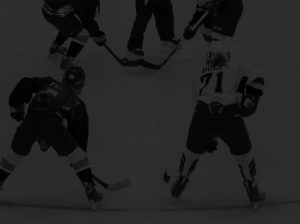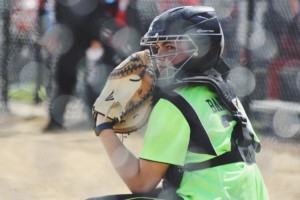By Mim Haigh, Sports Writer – Athlete Assessments
Uncomfortable environments develop tough competitors. In fact, Bo Hanson, author of Athlete Tough says, “being uncomfortable is the lifeblood of toughness”, but being in an uncomfortable environment is very different to being in an unsafe environment. In this article we explain the difference between an uncomfortable and an unsafe environment, illustrate both with some examples and reinforce just why uncomfortable environments enable toughness to develop.
Explaining how uncomfortable environments enable toughness to develop, Hanson explains, “tough athletes typically enjoy exposing themselves to uncomfortable environments, if we operate outside of our comfort zone, what tends to happen is our comfort zone expands, we grow, and we get better outcomes. The experience adds to our list of situations we’ve, survived even thrived in”.

Hanson goes on to illustrate uncomfortable environments using examples from his own career, “I vividly remember in our rowing and training for the Olympics at 5 o’clock in the morning, it was not comfortable to wake up in those early hours and to get on the water when it was cold and wet. However, it was not unsafe, even though you would prefer to stay inside or when you would paddle off on a long row and you’d only turn at the halfway point and that would be the only drink break that you got. At 5 o’clock in the morning, paddling for an hour in one direction without a break, creates a lot of mental discomfort. It’s not unsafe at that time of the day to not have a drink break in that 45-minute period. It would have been a lot nicer to stop and take a break every 20 minutes, but it’s not unsafe”
Hanson goes on to say, “we see lots of examples of uncomfortable environments, we have golf coaches that instead of just the usual 18 holes of golf, will play 18 holes of golf plus a half round again, just because that’s a little bit uncomfortable. It is not unsafe to do so, but it challenges people mentally, it does challenge their posture physically and it does challenge them to stay focused in.”

In my own experience as an athlete I was always well-prepared for physical challenges, but I didn’t expect mental challenges and they often caught me off guard. A workout that I found particularly mentally challenging was ‘mystery pieces’. When the training roster included mystery pieces (the coach would spring them on us with no notice), what it meant was that we would perform at a specified rate and output, the coach decided for how long, and she would only tell us when the time was up. Not knowing made it mentally uncomfortable, but it was never unsafe.
Even the smallest, simplest changes in direction can create environments which enable toughness to develop. At my son’s tennis lessons – coaching sessions which cater for children aged 12 to 14 – the kids were surrounded by balls on the court, there were baskets of balls and still when the rally was over and the ball went out, they called out to the coach saying, “Christie, can we have a ball?” In disbelief, she said, “when I was learning to play we were always looking for balls”, of course, she didn’t throw them a ball, but this was an excellent example, of a redirection creating an enabling environment, an environment where young children are directed to look after themselves, the very early stages of uncomfortable but, definitely not unsafe.
An unsafe environment is one that puts an athlete at risk physically, mentally or emotionally.

In his video, Bo gives an excellent example of making an unsafe environment safer, he talks about being involved with a team who played a court-based sport and there was no physio or no massage facility where they trained. He says, “that was a potentially unsafe environment in a sport where athletes were likely to do injuries to their ankles and to their knees. Treatment was at a local hospital which was at a minimum two – three hours wait time before you actually got treatment”.
“So, one of the changes we made to that environment was to introduce a massage and a physio person who were able to look after any injuries that occurred at the time. What we saw happen, was that the athletes were willing to train harder and practice for longer. This was because they knew that if there was an injury, they would be looked after”.
He summarizes, “so, that is what we mean when we differentiate between unsafe and uncomfortable. I challenge you to challenge your athletes, because we know for a fact that if you want to develop toughness you can’t stay inside your comfort zone. You have to challenge people to operate at the outer edge of their limits, but not at the point where people are going to break because that will make it unsafe”.
In Athlete Tough, Hanson tackles this issue of developing mental toughness in athletes. Athlete Tough is a workbook and video series design to be implemented by coaches. It takes no interpretation is written in very direct language and is easy for athletes to understand.
Athlete Tough deals directly with developing mental strength, grit, resilience and the ability to perform at your best when it matters the most.
So how does an athlete become Athlete Tough?
If you want to know more about how to help your athletes build mental toughness and resilience so they can perform at their best under pressure, you should check out our program – ATHLETE TOUGH. Our Handbook & Video Series was produced by 4 x Olympian and 3 x Olympic Medalist, Bo Hanson, to answer the call of Coaches wanting to know how they can build mental toughness in their athletes. We have dedicated 15 chapters to proven strategies that will help your athletes become, and stay, ATHLETE TOUGH. Visit this link for more information and to view a sample chapter and video!
Where to from here?

Inspiring Athlete Tough quotes
When things get tough or motivation is wavering, many people turn to a motivational quote for a burst of inspiration. We can also use inspirational

Mind Control
Getting yourself to shut down your brain and be ‘mindless’ isn’t always easy. Especially in those game defining moments, or when your team members are




